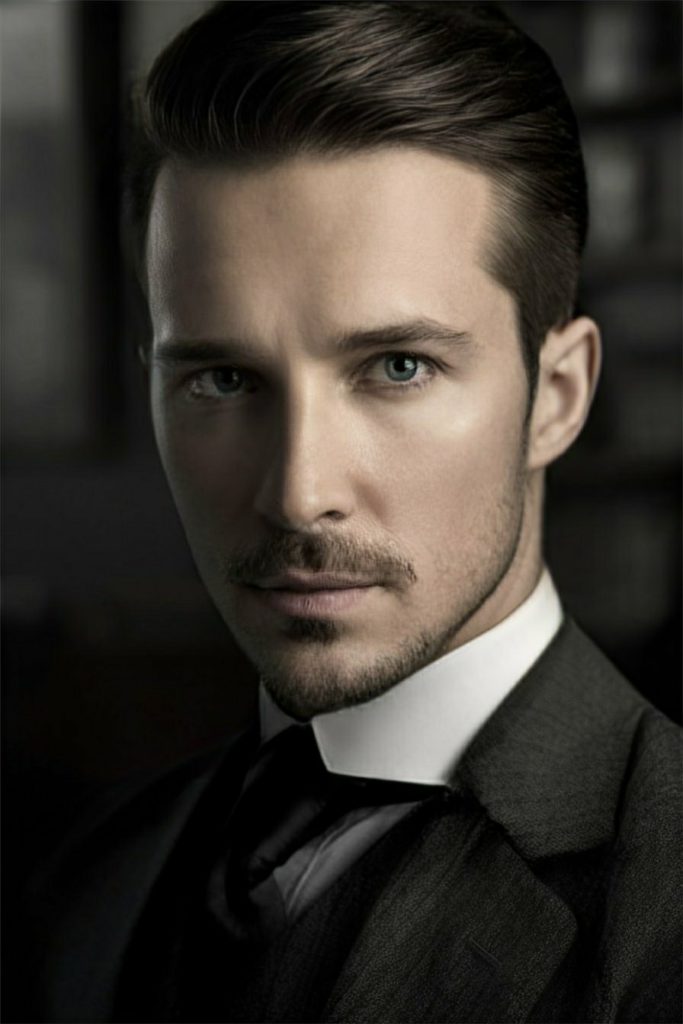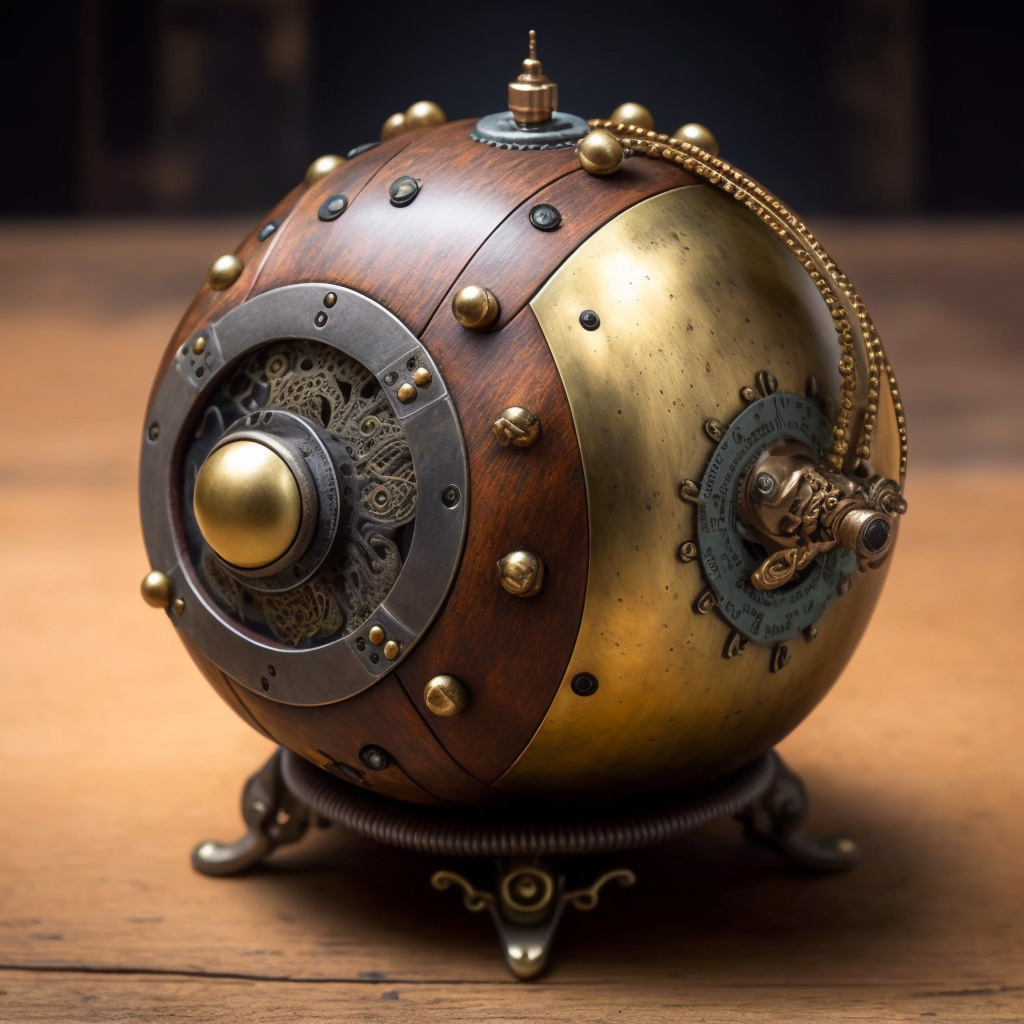Today, June 2, 2023, I had the honor of joining Janet Forbes on the World Anvil Podcast! If you’re not familiar with World Anvil, it’s a world building platform for authors and game masters, and really a lot of fun to be part of. Please check out the fictional world of my steampunk zombie western novels, The Creedverse. Most of the information is private, for my use when writing my stories, but there’s some fun stuff there for readers.
Anyway, since I’m on the autism spectrum, and an autism parent, Janet asked me to be her guest on an episode about writing autistic characters. We had a lively conversation and some excellent comments and questions from viewers. While the podcast was live, it now lives here on YouTube:
World Anvil Podcast: Creating Autistic Characters with Jonathan Fesmire
I mentioned I had taken a lot of notes in preparing for the show, and that I’d share them on my blog to help fellow authors get a better idea of what autism is, isn’t, and how to write autistic characters with honesty and sensitivity.
What is Autism Spectrum Disorder (ASD)?
Autism Spectrum Disorder (ASD) is a neurological and developmental disorder that affects individuals in various ways, influencing their social interactions, communication abilities, interests, and behaviors. The phrase “spectrum” refers to the wide range of symptoms and severity.
I would love to see more, and better, representation for autistic people in fiction, but if you’re considering adding an autistic character to your story, it’s crucial to do so with care, sensitivity, and a commitment to accuracy. Here are 14 points that will help.
Understand Autism
This may be a tall order, but when you write about anything you don’t know a lot about, you should be researching it, anyway. So, before you write an autistic character, spend some time learning about autism. Read books, research papers, articles, and blogs about it. Watch documentaries and listen to podcasts. Read or listen to the stories shared by autistic individuals. Understand that autism is not a disease, but a different way of experiencing the world.
Reject Stereotypes
Stereotypes about autism abound in popular culture. Did you know that the man the movie Rain Man was based on wasn’t actually autistic? Kim Peek had a condition called Savant syndrome. Autistic people are often portrayed as savants, socially clueless, or emotionally detached. While some autistic individuals might exhibit these traits, understand that autism encompasses a broad spectrum of behaviors and abilities. Every autistic person is unique, and their experiences with autism are not universal. A common refrain in the community is, “If you know one person with autism, you know one person with autism.”
Portray a Full Character
Just as with any character, an autistic character should be well-rounded and have traits unrelated to their diagnosis. They should have strengths, weaknesses, desires, fears, hobbies, and a character arc that extends beyond their autism. Autism is part of their identity, not their entire identity.
Show a Range of Behaviors and Traits
Autism manifests differently in different people. Refer to the previously mentioned refrain. While some autistic people may have difficulty with social interaction or exhibit repetitive behaviors, others may not. Some might be nonverbal and communicate through alternate means, while others might love to talk, especially about their specific interests. Portraying a range of behaviors can help avoid a one-dimensional or stereotypical portrayal.
Avoid Deficit-Based Language
When describing an autistic character, use language that affirms their humanity and worth. Avoid pathologizing or reducing them to a set of deficits or symptoms. Using person-first language (e.g., “a person with autism”) or identity-first language (e.g., “an autistic person”) can depend on individual preference. Some of us are even Okay using the term “autists.” When in doubt, consider the preferences of the autistic community.
Highlight Strengths
Autistic people often have unique strengths. These can include exceptional memory, deep focus, detail orientation, creativity, and a strong sense of justice. Highlighting these strengths can provide a balanced portrayal and show the character as capable.
In today’s podcast, we talked about autistic superpowers, and it’s great to include things your characters are particularly good at. Two of the primary characters in my steampunk western world, Anna Boyd and Jonathan Johns, are on the spectrum, and they’re both brilliant. I’ve been told that writing is my superpower. I also think deeply and understand the world better through analysis. My son has a memory for dates, places, addresses, and names that blows me away, and he’s an exceptional math student.
Consider Sensory Experiences
Many autistic people experience sensory stimuli differently. Some might be hypersensitive to light, sound, touch, taste, or smell, while others may be hyposensitive and seek sensory stimulation. When concentrating, they may filter out more than most, or they may have trouble filtering out certain stimuli. This altered sensory experience can significantly affect how they interact with their environment. You should consider it when creating autistic characters.
Be Mindful of Mental Health
While most autistic people are perfectly happy being autistic, we often have comorbid conditions that need treatment. We often experience mental health conditions like anxiety, depression, OCD, or ADHD. If this is the case for your character, make sure you research these conditions and represent them accurately. We might be happy with our autism, but not with these difficult mental disorders.
Seek Input
Once you’ve written your autistic character, seek feedback from the autistic community. You may have friends on the spectrum and not realize it, but if you reach out to, say, people on an autism Facebook group, you may find that many appreciate that you want to represent people with autism correctly, and respectfully. They can provide valuable insights and point out any inaccuracies or stereotypes that you may have inadvertently included.
Promote Acceptance and Inclusion
Your portrayal of an autistic character can have a significant impact on readers’ perceptions. It’s said that people who read a lot of fiction are more compassionate and accepting, as if they’ve lived in the minds of many people. When writing autistic charaters, you have the opportunity to challenge harmful stereotypes and promote acceptance and inclusion of autistic individuals. Show that they, like everyone else, can lead fulfilling lives and contribute meaningfully to society.
Autism is Not a Tragedy
One harmful trope that often finds its way into narratives about autism is that it is a tragedy or something to be overcome. It’s essential to understand that many autistic people don’t view their autism as something to be “cured” or “fixed” but as an integral part of their identity. Treat autism as a different way of being, rather than a problem to be solved. Writing autistic characters includes understanding this fact.
Treat the character arc of an autistic character like you would with a neurotypical character. Just don’t have them “cured” in the end. That’s an overused, and frankly offensive, character arc. Your character should certainly make mistakes, learn from them, and grow, while remaining autistic.
Respect Privacy and Autonomy
Even if certain behaviors or traits of your autistic character may seem unusual or confusing to others, it’s important to remember that they don’t always require explanation or justification. Autistic people, like everyone else, deserve respect for their autonomy and privacy. It’s okay to leave some elements unexplained and allow your character to maintain their dignity and autonomy. It’s all right to show the inner reasons for some behaviors, of course, which often have to do with how the person experiences the world. If you don’t have autism, or even if you do and don’t have certain traits you’re trying to portray, do your research!
Be Aware of Communication Styles
Keep in mind that communication styles can vary widely among autistic individuals. Some may be nonverbal and use augmentative and alternative communication methods, while others may speak fluently. Some might have a unique speech pattern or use echolalia, repeating words or phrases. Reflect these varying communication styles in your writing, but tread lightly. It can be a fine line between honest portrayal and appearing to make fun of the character’s quirks.
Show Different Relationships
Autistic individuals, like all people, have romantic relationships, friendships, family relationships, and more. Show these relationships in your story to provide a full and realistic portrayal of your character’s life.
Oh, there’s one trope I’d like to address. Try to avoid the token autistic character. Yes, you may primarily focus on one character with autism, but some of your side characters may be on the spectrum, too. Even if you don’t say outright that they have autism, showing some mild autistic behaviors can add depth and make your story more real. If your story takes place in a time or place where autism hasn’t been identified, you don’t have to even name it. Just give an honest portrayal.
Yes, writing autistic characters can be a tricky task requiring sensitivity, understanding, and thorough research. However, by doing so, you can create a more diverse and realistic world in your story, providing representation for a group that has historically been misunderstood or misrepresented. Accuracy and respect are key. I hope this guide helps you create rich, well-rounded characters that resonate with readers and contribute positively to the representation of autistic individuals in literature.
If you’d like to read a prequel short story to my steampunk western series, The Adventures of Bodacious Creed, you can for free. The Obstructed Engine features the two characters I mentioned in this article, and you can get it here:
The Obstructed Engine


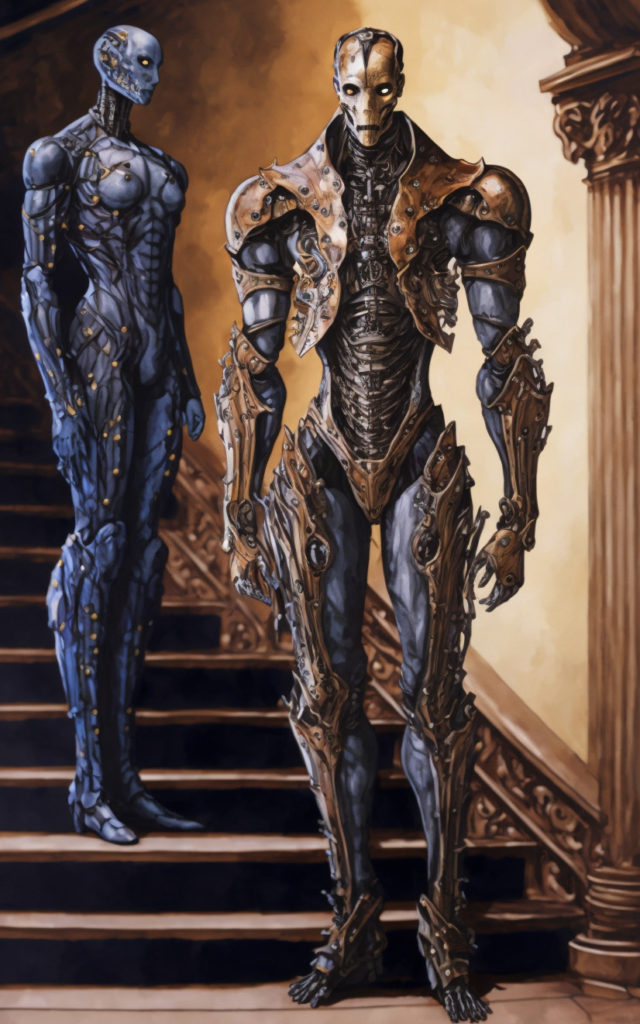
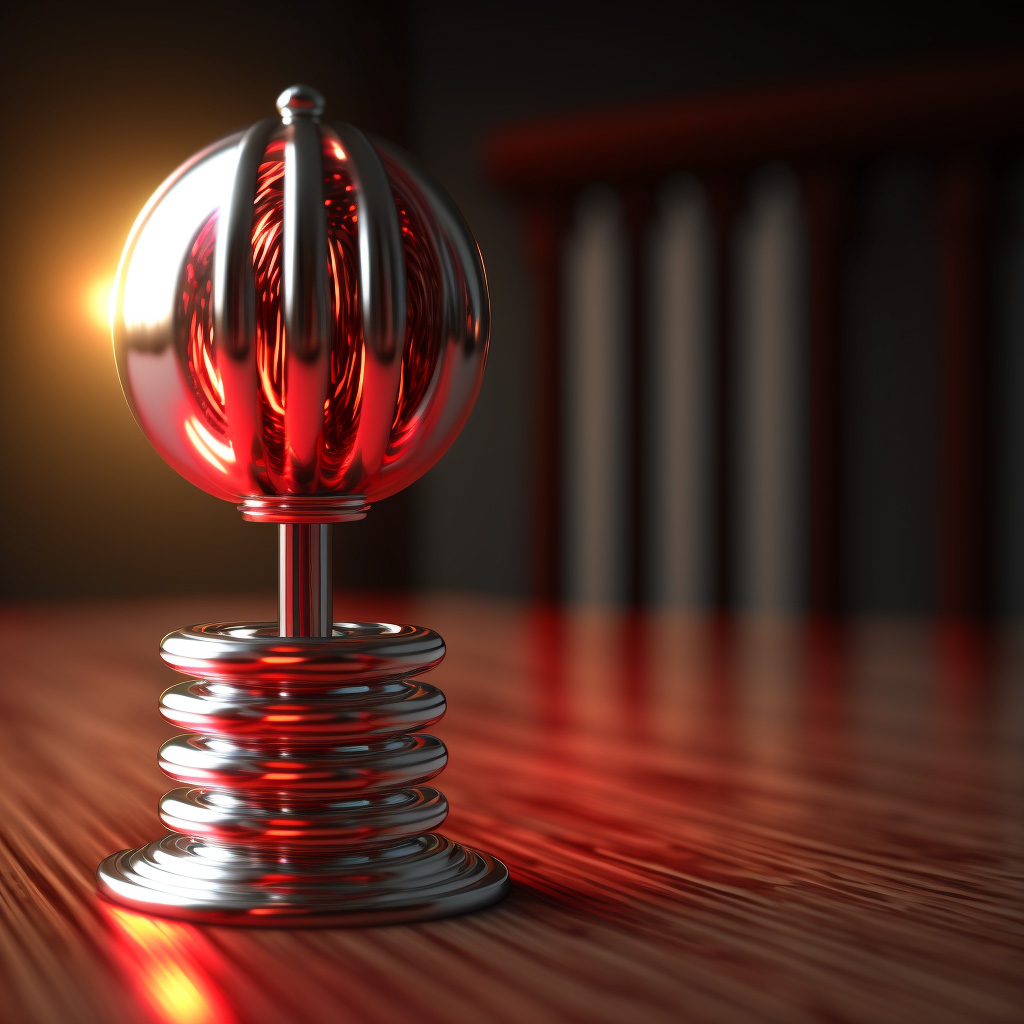 Altering Historical Events
Altering Historical Events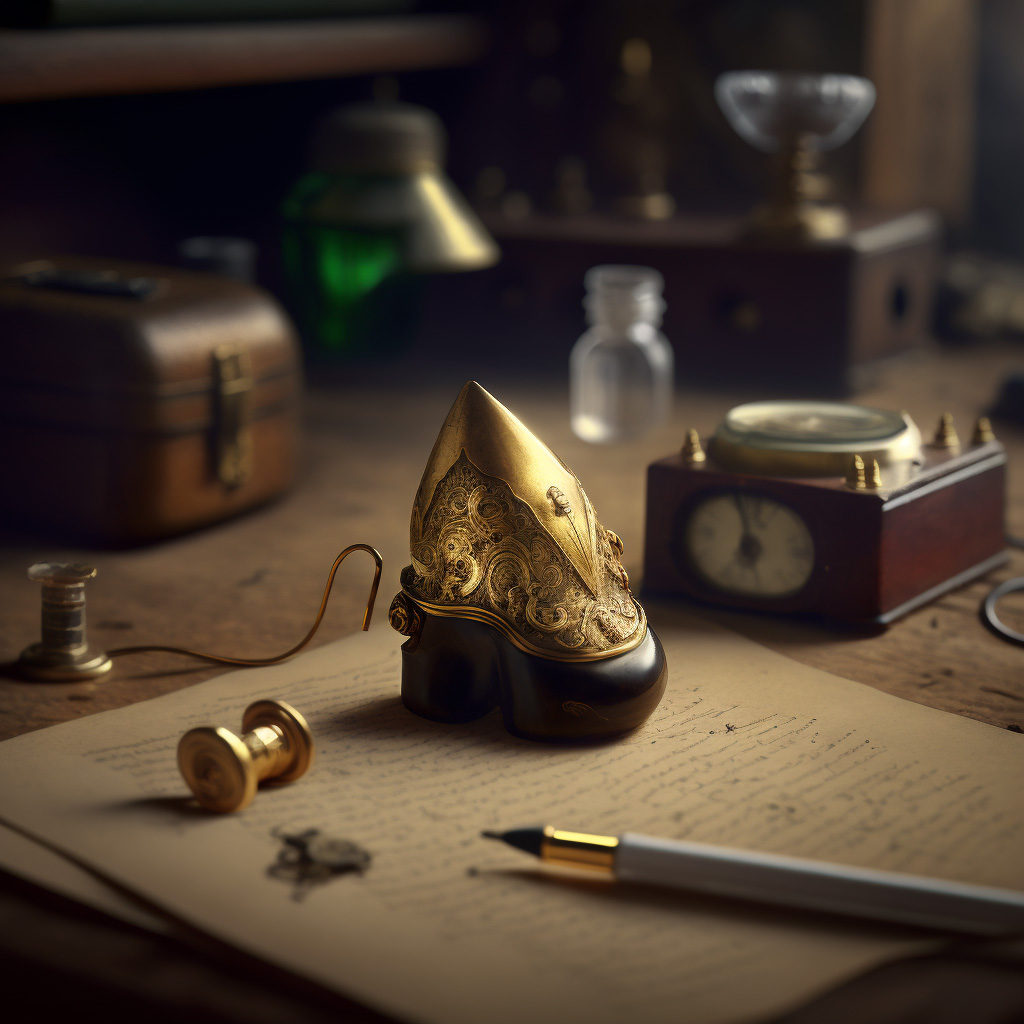 Altering history should be done with care. The past has its dark moments, and the way people thought and talked in past decades and centuries can seem antiquated to modern readers. You can write about the past with sensitivity. Part of the trick is to use modern words as a narrator, when antiquated words would seem racist or otherwise insensitive. However, characters can speak how they did back then. You are not the characters. You’re the author, and you can show how people thought in the past, even if they were wrong.
Altering history should be done with care. The past has its dark moments, and the way people thought and talked in past decades and centuries can seem antiquated to modern readers. You can write about the past with sensitivity. Part of the trick is to use modern words as a narrator, when antiquated words would seem racist or otherwise insensitive. However, characters can speak how they did back then. You are not the characters. You’re the author, and you can show how people thought in the past, even if they were wrong.